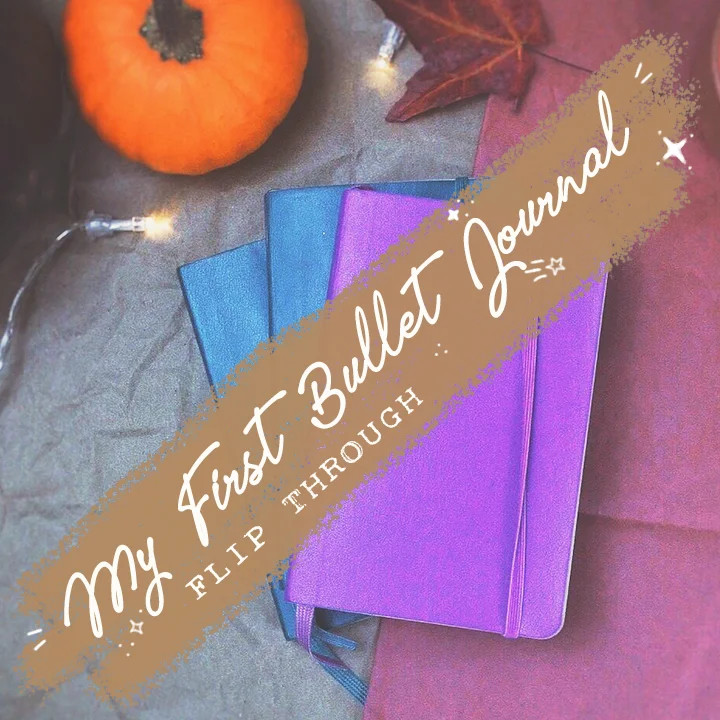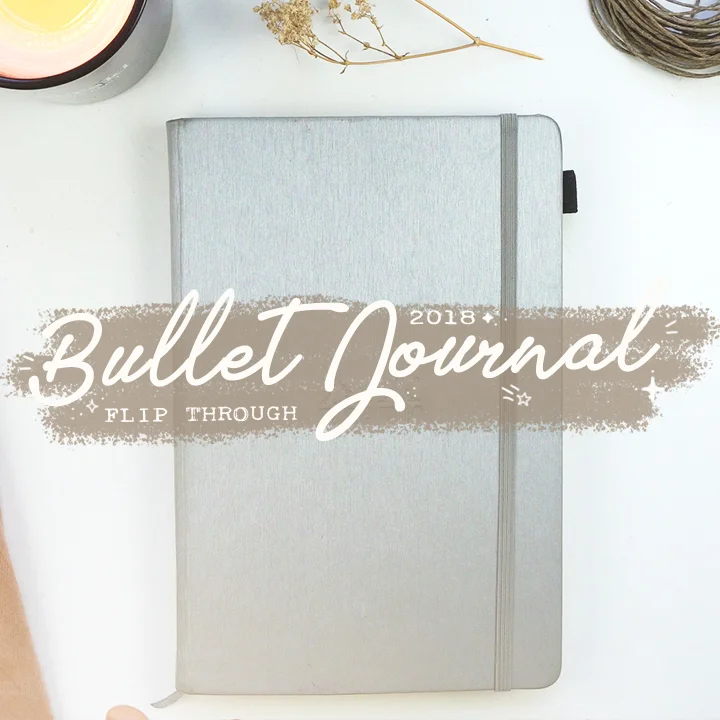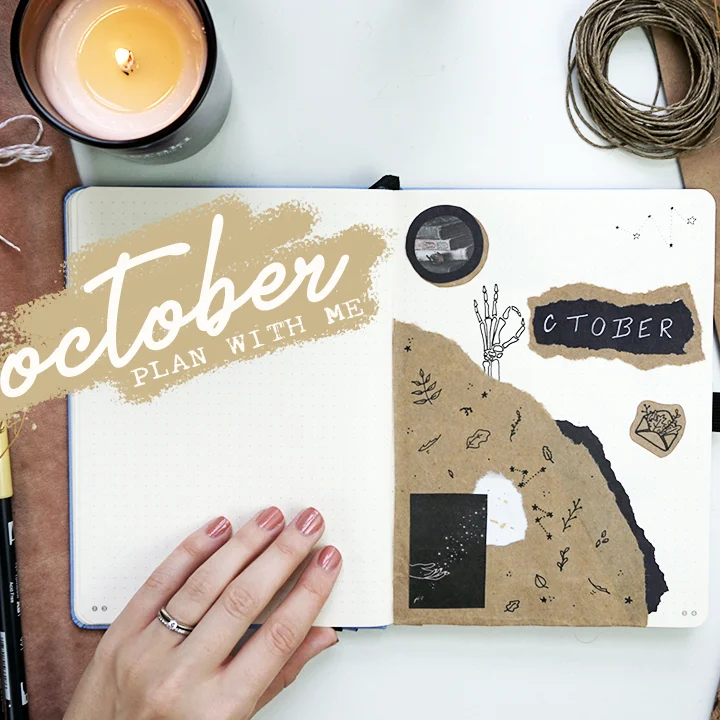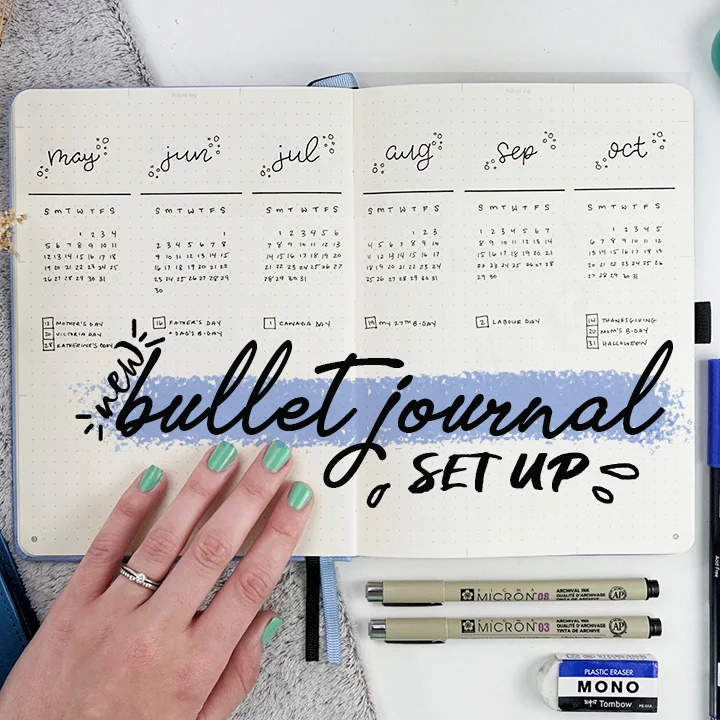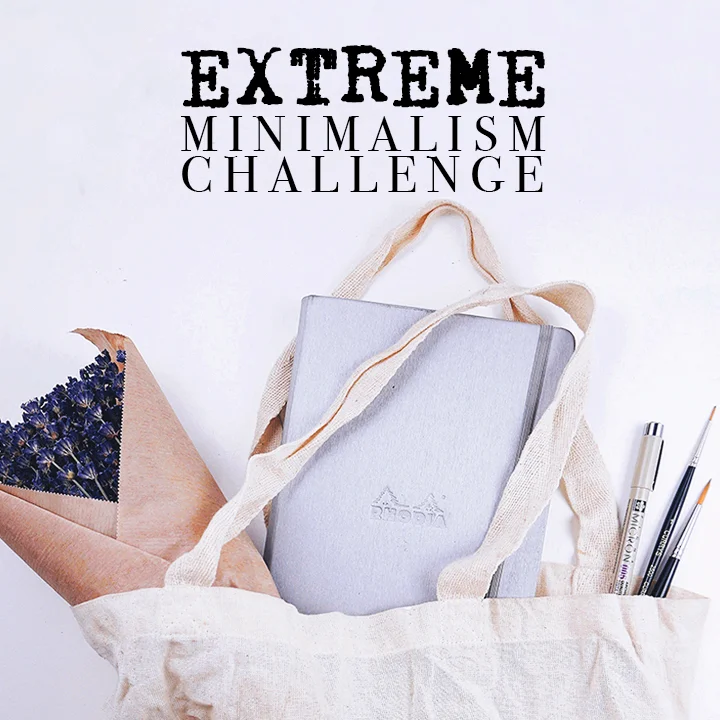How To Read Labels As A Vegan
You realize when you go vegan that reading labels is something you just kind of have to do. But if you're like me, someone without allergies or intolerances, you may have never actually done it before. After 4 years and hundreds of ingredients lists, I think I'm ready to share my tips for getting past the gibberish and down to the heart of the matter - is this thing vegan or not!?
TIP #1 Clarify Your Personal Definition of Veganism
You probably already know the official definition of veganism:
Veganism is a way of living which seeks to exclude, as far as is possible and practicable, all forms of exploitation of, and cruelty to, animals for food, clothing or any other purpose.
And the products most vegans avoid:
- Meat (including fish);
- Dairy (including all milk, cheese, butter, yogurt, etc.);
- Eggs;
- Honey;
- Leather, Wool, Silk, and other materials made from animals;
- And any ingredient or by product from an animal. (See a more complete list here).
But what is your own personal definition of veganism? Why are you doing this? What does practical and possible look like for you, in your life, today?
I'll give you mine as an example:
I am vegan first and foremost for the animals. At this point in my life, after more than 3 years as a vegan, I am comfortable holding myself to the high standard of purchasing only vegan and cruelty-free products in all aspects of my life, whenever at all possible. This means that I will never purchase (for myself or others) any product of any kind that I know to contain animal products or to have been tested on animals.
But if you'd asked me 6 months into it? I was focused on the food, and not much else. I wasn't ready to consider my makeup, my personal care products, my shoes. These aspects of my veganism came later. And that's ok! It's a journey, and it doesn't have to happen overnight. (No matter what anyone says).
So go ahead and write down your definition of veganism. Where are you in your journey? Are you willing to eat something that 'may contain: milk' or is that an absolute no-no? Only you can answer that question, for who you are in this precise moment. The more comfortable you feel with where you are in your journey, the easier sorting through labels will become!
TIP #2 Eat Whole Foods
This may be a bit of a no brainer; but the more whole foods you eat, the fewer ingredients lists you'll have to sift through. Check out my post on the vegan food pyramid or watch my what I eat in a day video for ideas of what I mean... there are thousands of edible plant foods on the planet to enjoy, no processing required!
Now, while I recommend eating whole foods as much as possible, I’m a realist. I know that from time to time you’re going to want to eat mock meats, mylk, cheeze, or vegan ice cream - especially during your transition period! You aren’t going to live the rest of your life without buying a packaged food (Or a hundred. No judgement here!) The vast majority of my diet when I first went vegan was daiya (dairy-free cheese), so I feel ya. So let's get into figuring our if that delectable packaged vegan treat is, in fact, vegan.
TIP #3 Read The Ingredients
Twice.
In all seriousness, determining if a product is vegan is all about that ingredient list. It may seem tedious, but I promise you’ll get used to scanning down the whole list and making note of any animal products - and it will only take you a few moments!
As you read the list, keep an eye out for the obvious offenders:
- Any kind of meat or meat broth;
- Milk or dairy of any kind (including butter);
- Honey, and;
- Eggs.
After the first scan, I go through again with a fine toothed comb. Unfortunately, animal products and byproducts are widely utilized and have a multitude of names. For this reason I have compiled a (as complete as possible) non-vegan ingredients and materials list for you to print, screenshot, or bookmark to take with you to the store until you get used to which ingredients come from animals.
See the full non-vegan ingredients list here (and try not to get overwhelmed!!)
Remember to ALWAYS read the ingredients, even on a product you’ve bought and verified before. Formulas and recipes change, and mock animal products aren’t always vegan. (It doesn’t make sense to me either). I use this as further incentive to eat whole foods that don’t have ingredients lists for me to read!
TIP # 4 Do Your Research
Get down to it and do some research. Find out which companies are entirely vegan or vegan friendly (this goes for clothing, makeup, and all other consumables too - don't worry, I'll be covering them soon!)
It's also a great idea to join some vegan facebook groups and find out which products others depend on. Need a marinara sauce without parmesan? I'm sure someone has found the perfect one! If you're having trouble finding the question with trusty google, don't feel bad asking other vegans for help. I can only speak for myself, but I'm always willing to lend a helping hand!
The more you know before you head into the grocery store, the easier it will be.
TIP #5 Keep In Mind These Tricky Foods
Sometimes something looks vegan, the ingredients check out, but it actually isn't. How can that be?
Unfortunately, numerous products are processed using animal byproducts that don't (or at least aren't meant to) end up in the final product. These processing agents don't need to be listed as ingredients, leaving consumers in the dark. This is another reason why research is so darn important!
Some common ones to be aware of:
- Beer (sometimes filtered using a membrane derived from fish bladders);
- Sugar (sugar cane is processed with bone char from cows. Buy organic or beet sugar to avoid this!);
- Vitamin D fortified foods (the vitamin D is often derived from sheep's wool), and;
- Apple juice (may be clarified using isinglass, which comes from the dried swim bladders of fish).
Check out my post on Surprising Non-Vegan Foods for 21 more examples!
TIP #6 Don't Forget The 'May Contain'
This part is kind of up to you. Often the foods included in this list are not included in the product but may be found in the same factory, meaning cross-contamination could occur. Those with fatal peanut allergies avoid anything with peanuts or even a possible trace of them, but as a vegan it’s up to you.
Think back to your personal definition of veganism and decide where you stand, at least for now.
For the first 6 months or so of my transition I didn’t worry about this part. I made sure the ingredients were vegan and that was it. But the longer I’ve been on this lifestyle the more I’ve avoided products with even possible cross-contamination of animals foods. This is my preference, and my choice. You do what makes sense to you!
TIP #7 Is It Cruelty-Free?
Let's talk about beauty and personal care products.
For these products you'll follow the same general principle as with food (aka read the ingredients!), with one added factor… it may be vegan, but is it cruelty-free?
The easiest way to find out if a company or product is cruelty-free is to look at their website or check the Logical Harmony list, which is updated weekly (and very complete!).
What does cruelty-free mean? Cruelty-free means that the product and the individual ingredients within it have not been tested on animals.
Why don't we want to support animal testing as vegans?
Here is an excerpt from a blog post I wrote in December:
Why should we care?
I don't know about you, but I care about the other living beings on this planet. Not only will I not contribute to animal suffering of any kind, I also want to help end it for good. More than 100,000 animals suffer and die each and every year due to animal testing for the cosmetics industry. This can not be allowed to continue!
Bunnies, guinea pigs, mice, rats, and hamsters are shaved to have chemicals rubbed on their bare skin, have chemicals dripped into their eyes, and are force fed huge amounts of a chemical to determine the fatal dose. These tests can (and often do) lead to birth defects, blindness, intense pain, convulsions, internal bleeding, organ damage, and death.
They are not given any form of pain relief and at the end of the test they will be killed (often by asphyxiation, having their neck broken, or decapitation).
Learn more about the cruelty and scientific limitations of animal testing here.
Something else to keep in mind - even if a brand says they don’t test on animals on their website: if they sell their products in China their products will be tested on animals, with no exceptions. China requires it. Even if they don't conduct any animal testing on their own, if they choose to sell to the Chinese market their products WILL be tested on animals.
TIP #8 Clothing
What about consumables that don't come with ingredient lists like clothing, shoes, and other accessories?
Clothing should always have a tag breaking down the materials and the percentages of their use in the piece. Scan this looking for any kind of leather, wool, suede, silk, or fur. Remember that my Non-Vegan Ingredients List also covers materials used in clothing!
Footwear should also come with either a sticker, a tag, or with the information printed right onto the lining material. It will indicate the material used for the upper, the lining, and the sole using one of four material symbols:
Leather
Coated Leather
Textile
Other Materials
Leather and coated leather are, of course, not vegan options.
Textiles include any kind of fabric, which may or may not be vegan. It is always important to double check that no kind of silk or wool has been used in the shoe!
Other materials indicates man-made materials, and is all but guaranteed vegan.
One last thing to worry about with shoes is the glue used in their production. It can be difficult to verify the origins of the specific glue used, but an email to the company should wield quick results!
Sometimes accessories won't have any kind of labelling. In this case you will have to do some digging to find out more about the company and that individual product to discover the origins of the materials. Remember that google is your friend - many vegans have come before you and have been looking for vegan options. It's likely that someone has already determined if the item you're looking at is vegan or not!
I hope I haven't overwhelmed you with these 8 tips for reading labels!
I want to show you that while it may take a little more work on your part, it is totally possible and so worth it to support vegan companies and products.
In today's world, money talks. Vote with your dollar and show the world that vegan products are in demand!
Until next time,
Did I miss something? Let me know in the comments below!














